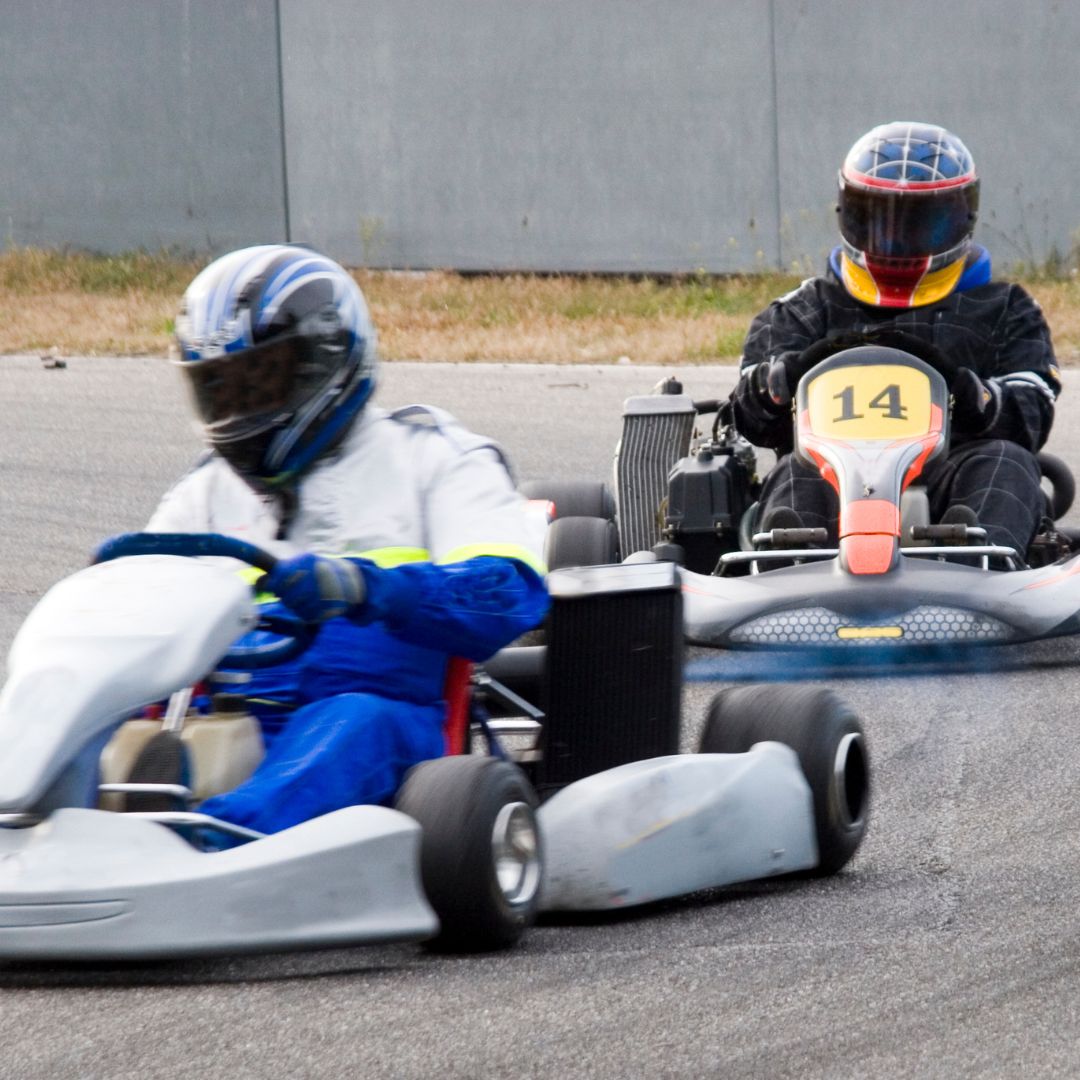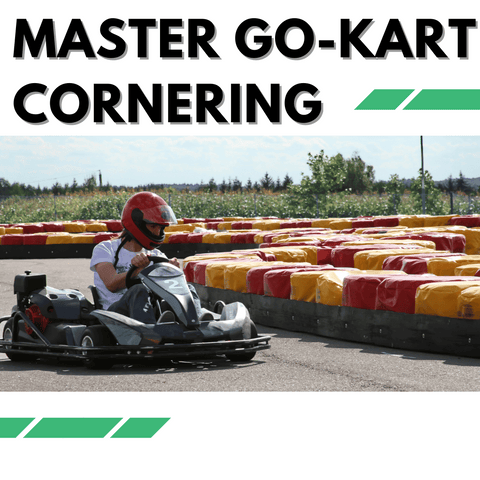
Updated: 25.4.25
Karting is a dynamic, physically demanding sport where precision, speed, and technique combine to create thrilling racing experiences.
Among the many skills a kart racer must master, understanding and optimizing body position stands out as crucial for enhancing performance, control, and safety on the track.
This guide explores why body position is so important in karting and how young racers can refine their posture to gain a competitive edge.
Fundamentals of Body Position
The Impact of Body Position on Kart Control
Body position directly influences how a kart handles. Proper posture ensures optimal weight distribution, affecting traction, steering response, and stability.
Maintaining a balanced body position allows racers to navigate corners more effectively and carry speed through different sections of the track.
Optimal Body Position
Optimal karting posture includes sitting upright with the spine aligned against the seat, arms slightly bent while gripping the wheel, and feet comfortably positioned on the pedals.
This alignment maximizes kart control, reduces fatigue, and improves focus during races.
Advanced Techniques for Performance
Adjusting Body Position for Cornering
Cornering efficiently involves strategic weight shifts. Leaning into turns tightens the racing line, while shifting weight back improves acceleration out of corners.
Seat Adjustments for Improved Handling
Adjusting seat position enhances a driver’s ability to shift weight during races. Seats that are too far forward or back can limit mobility and destabilize the kart.
Finding the right seat position optimizes body movement and handling precision.
Strategies for Winning
Using Body Position for Overtaking and Defense
Subtle shifts in body weight make a kart more unpredictable, aiding in overtaking or defending positions on the track.
Training for Body Position Awareness
Targeted exercises, simulator drills, and track practice help racers develop a sharp awareness of how posture impacts kart performance.
Preparation and Practice
Physical Conditioning for Karting
Core strength, flexibility, and endurance help young racers maintain proper posture and react faster during competitions.
Mental and Physical Preparation
Visualization techniques improve muscle memory and decision-making speed, helping racers maintain optimal body position under pressure.
Nutrition and Hydration
Fueling Performance Through Nutrition
Proper nutrition and hydration support physical stamina and concentration on the track.
Balanced meals and regular hydration prevent fatigue and enhance muscle endurance, critical for maintaining posture in long races.
Safety Considerations
Enhancing Safety Through Proper Body Position
Correct posture reduces injury risk during crashes by evenly distributing impact forces across the body.
Equipment and Suit Adjustments for Safety
Gear must fit properly to support posture and movement. Racing suits, helmets, gloves, and boots should offer protection without restricting kart control.
Psychological Aspects
Confidence and Body Position
Confidence in body positioning enhances focus, sharpens reflexes, and improves decision-making on the track.
Managing Physical and Mental Fatigue
Endurance training strengthens both the body and mind, ensuring racers maintain their posture—and performance—under racing stress.
Conclusion: Why Body Position is Key to Karting Success
Mastering body position is fundamental to karting success, influencing control, speed, safety, and endurance.
Through fitness training, practice, and mental preparation, young racers can make correct posture second nature—unlocking their full potential on the track.
Frequently Asked Questions
How can my child practice body position off the track?
Encourage core-focused exercises like yoga, Pilates, or strength training, and consider using a karting simulator for posture drills.
How can I tell if my child has good karting posture?
Look for an upright back, bent elbows, firm grip on the wheel, and relaxed shoulders. Video analysis can also help identify posture improvements.
When should young racers start focusing on body position?
Body positioning basics can be taught as soon as a child starts karting, usually between 8 and 10 years old, progressing as skills improve.
Does kart type affect body positioning?
Yes. Heavier, faster karts require more active weight shifts, while lighter beginner karts focus more on balance and steady posture.
Get in Touch
Enjoyed our article on “The Importance of Body Position in Karting”? Explore even more tips at RiiRoo.com!







Share:
Battery Care for Electric Go-Karts
Turbocharge Your Karting Journey with These Physical Conditioning Tips